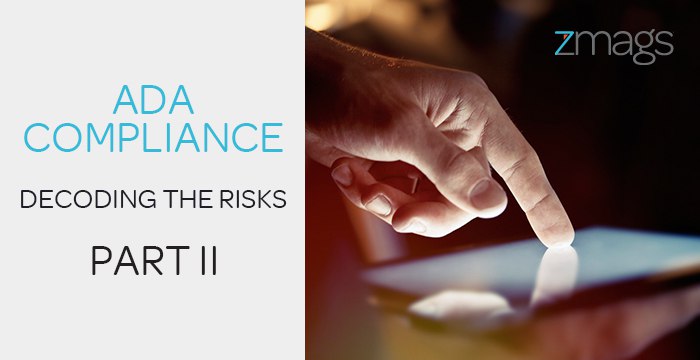Decoding ADA + Accessible Content: Part II


Sharing perspectives on the latest trends and tips to help eCommerce brands stay ahead to engage and drive revenue.
In the
first installment of this two-part series, we discussed the importance of website accessibility and the formulation of regulation under the Americans with Disabilities Act (ADA) as it relates to e-commerce. That led to some broad observations — in particular, that regulation is somewhat open for interpretation under the provisions of Title III of the ADA. As a result, over the past two years alone, more than 300 lawsuits have been filed in or removed to federal court. Nonetheless, it’s also possible in the fast-paced e-commerce world that as we focus on the ideal user, we may overlook the principal of inclusivity. To help you tackle accessibility concerns and proactively bring accessibility practices into play — rather than reactively dealing with ambiguous regulations — we offer these five key takeaways:
- Reconsider who your customers are
- Understand the current regulation under Title III of the ADA